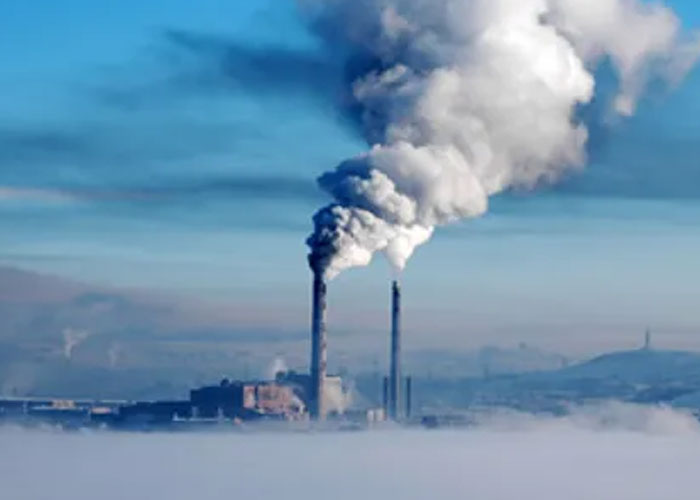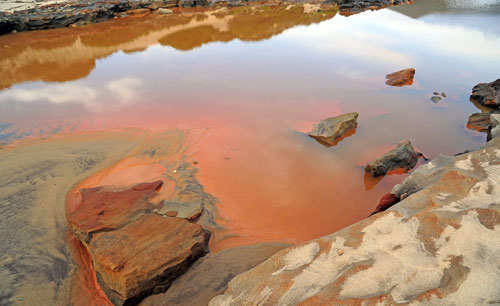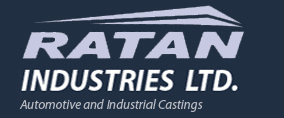There are many different methods for preventing mining water pollution. Some of these methods are more effective than others. The most effective methods for preventing mining water pollution include absorption pads, cap and trade, and adsorption. Here is a look at some of these methods. Once you know which technologies are suitable for your operation, you can choose the one that works best for your circumstances. A mine must also take steps to collect and store the treated water.
Depending on the location of your home, you might have to purchase an STP to handle your sewage. Generally, residential buildings need at least one STP to treat sewage. Many STPs are located underground, making them difficult to maintain. Moreover, you may not be able to inspect them without hiring an expert. It is better to consult a professional if you have any doubts about the process.
Heavy metals
The prevention of mining water pollution is critical for mining operations in a number of ways. Most wastewaters discharged during mining operations contains non-ferrous metals and associated elements. These ions are very difficult to degrade by microorganisms. Some of these ions can be transformed into more toxic metal-organic compounds. They can also affect plant and animal growth and can damage human health.
Chemical agents released into the water during mineral development are highly toxic to humans and wildlife. In addition, mineral development disturbs soil and rock, which leads to erosion. Excess sediment can wash into waterways, clogging riverbeds and smothering aquatic organisms. In addition to the hazardous effects of these chemicals, mining operations can cause soil contamination in local waterways. Fortunately, there are effective technologies to prevent mining water pollution.
Cap and trade

In 2006, California passed a cap and trade law, which supporters hoped would serve as a model for other states. But the plan was derailed by environmental justice concerns when Biden and other Democrats refused to nominate Mary Nichols as EPA head. Now, cap and trade are making a comeback in other states. In Washington, a cap and trade system for the state's biggest polluters has been proposed by Gov. Jay Inslee, which some state leaders believe will address concerns about environmental justice.

The bill would extend the cap and trade program for 10 years. In Oregon, Democratic Gov. Michelle Lujan Grisham appointed a task force to assess cap and trade programs, but the state's Environmental Quality Department said that they will not revisit the issue until 2020. The task force's goal is to examine the pros and cons of these programs and determine how they can be most effective. But the state's environmental department is reluctant to pass a cap-and-trade bill.
Adsorption
The Coeur d'Alene mining company released 56 million metric tons of acid mine drainage and tailings into lakes and rivers. Cleanup is expected to take 20 to 30 years and cost $1 billion. A cap and trade system would help limit pollution while creating revenue by selling permits. But the cap and trade system alone will not prevent mining water pollution. National governments and mining companies must implement a cap and trade system to achieve the best possible environmental protection.
When water enters a mine, it leaches the metals exposed. This is especially severe when the water is acidified by AMD. The most common treatment for this is chemical precipitation, which works for copper, manganese, iron, and zinc. Chromium, on the other hand, must be reduced by metallic iron. If mining companies are serious about preventing water pollution, they need to invest in appropriate WWT technologies to reduce the amount of these metals in the water.
Membranes
During recent years, the demand for water reclamation through membrane technology has risen sharply. Different wastewater streams can benefit from the benefits of these technologies. This article explores the latest developments in membrane technology and its potential benefits for wastewater treatment. It also discusses membrane fouling, cleaning, and module applications and makes recommendations for future research. Membranes separate two phases using a separation medium. Membranes have been around for many centuries and have been modified for a variety of applications.
The growing concern over the quality of freshwater is contributing to the increased attention on membrane technologies. These technologies are proving to be an effective way to clean industrial wastewater. They also have the potential to reduce water paucity. Besides preventing mining water pollution, these technologies also prevent water paucity. In addition, they can be used to treat wastewater from agricultural and industrial uses. The chapter on wastewater treatment and distribution systems discusses membranes in wastewater treatment.
Sludge management
Among the WWT technologies, sludge treatment is one of the most important aspects of wastewater management. It has many objectives, including reducing volume, eliminating pathogens, removing water, stabilizing organics, and minimizing transportation costs. Typically, treatment involves dewatering, thickening, stabilization, and final disposal.
To design an appropriate treatment system, the composition of the wastewater must be known. The type of organic material, pH value, and toxicity must be assessed to determine how to treat the wastewater. Then, the type of sludge, its oxidation and reduction potential, and its oxygen content will help determine the necessary facilities. Other factors that influence the behaviour of various contaminants in the sludge are soil type, concentration, speciation, and groundwater hydrology.
Stormwater treatment
The primary goals of water treatment are to remove contaminants and restore optimal pH levels. A combination of chemical treatment and mechanical filtration is used to address these issues. The restoration of pH helps metal ions precipitate, ensuring the quality of the water discharged from a mining operation. Raising the pH level causes the metal ions to react with the hydroxide ions in the water, forming dense, soluble particles.
A mining stormwater permit is needed to carry out certain activities. This includes onsite and offsite sampling and analysis, treatment, and storage. The general permit can be obtained from the NDEP website. Users are encouraged to read the general permit, fact sheet, and other related information before completing the application. If a mining stormwater permit is required, the process is simple. You can complete the application online, print it, and mail it in.







































Share Post